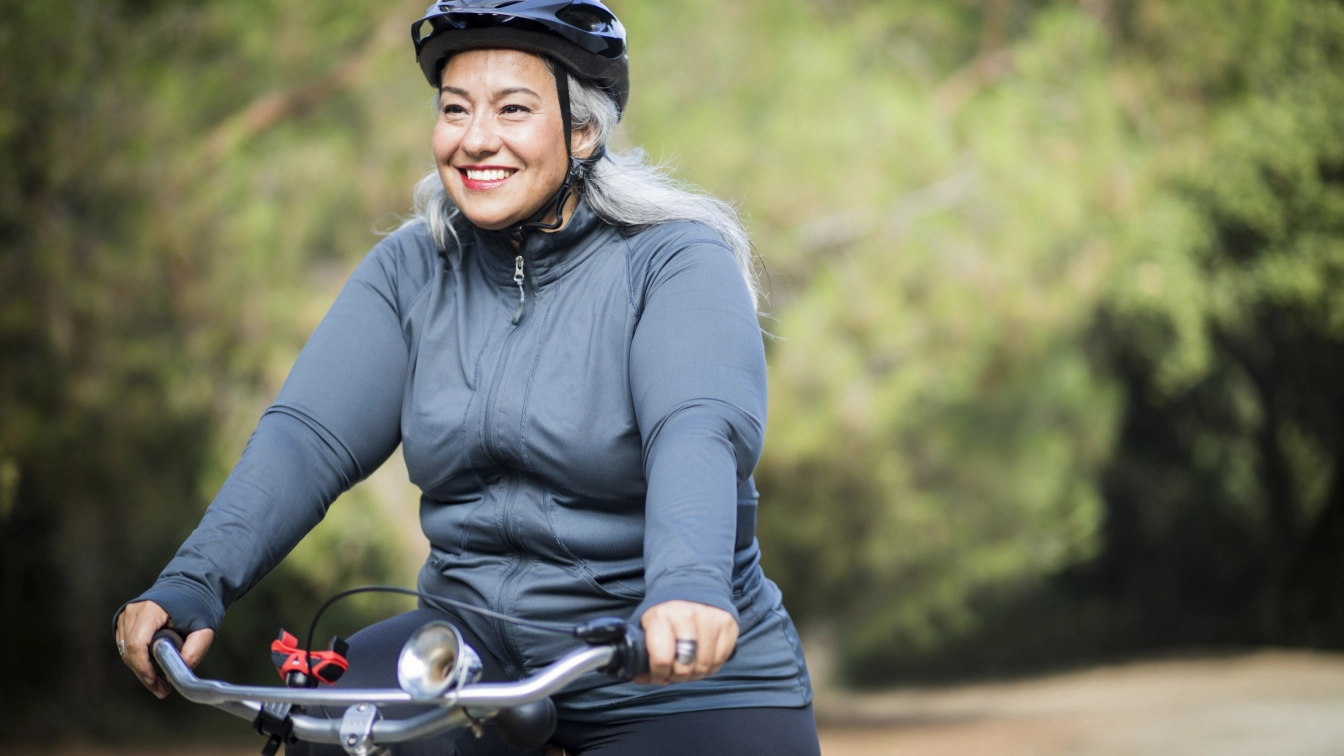At a glance
NCCDPHP works with states, territories, cities, and tribes to prevent common chronic diseases and promote health across the life span. These efforts have led to improvements in leading health indicators like high blood pressure control, physical activity, and teen pregnancy.

Programs, activities, and campaigns that make a difference
Helping smokers quit
From 2012 to 2018, 16.4 million smokers attempted to quit and 1 million successfully quit because of the Tips® campaign.
Making it easier for people to be active
48% of adults met the aerobic physical activity guidelines during leisure time in 2022.
Preventing cardiac events
From 2018 to 2023, the National and Innovative Cardiovascular Health programs expanded team-based care to an additional 5 million patients and brought 2.7 million people to blood pressure control. This prevented $8.2 billion in medical costs in 2023 alone.
700,000 patients received improved cardiovascular care through Million Hearts® pilot programs led with community health centers.
Preventing teen pregnancy
Teen birth rates fell 67% from 2007 to 2022—an all-time low.
Increasing the use of dental sealants
Use of dental sealants among children from low-income households increased from 22% in 1999–2004 to 39% in 2011–2016.
Getting more people enrolled in a proven diabetes prevention program
Nearly 860,000 people have enrolled in the National Diabetes Prevention Program lifestyle change program.
Helping women get screened for breast and cervical cancer
Since 1991, the National Breast and Cervical Cancer Early Detection Program has served more than 6.5 million women and found 80,811 invasive breast cancers, 5,333 invasive cervical cancers, and 251,963 precancerous cervical lesions.
Improving quality of life for adults with arthritis
Since 2012, over 300,000 adults have been reached with arthritis-appropriate evidence-based interventions that can improve arthritis management and quality of life.
Supporting school health
More than 20 million students are served by CDC's school health programs, which improve school nutrition, increase physical activity, and protect students from poor mental health and other health risks.
